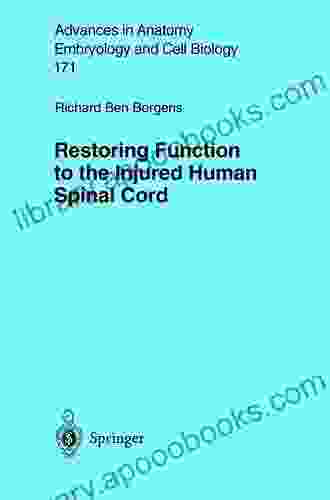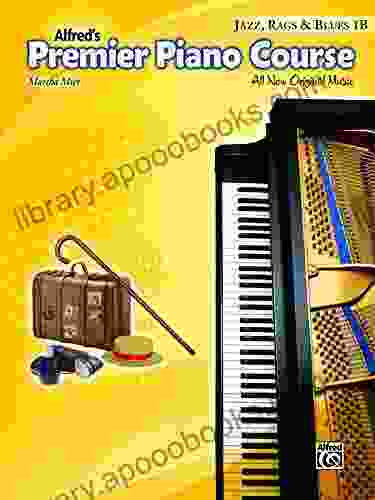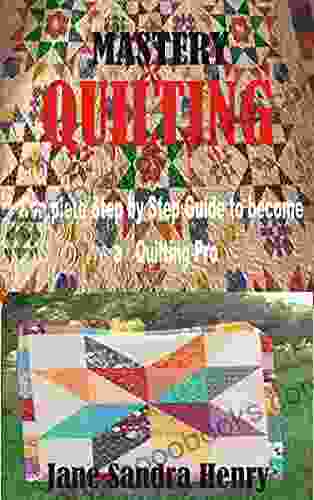Restoring Function to the Injured Human Spinal Cord: Advances in Anatomy

5 out of 5
| Language | : | English |
| File size | : | 11759 KB |
| Text-to-Speech | : | Enabled |
| Screen Reader | : | Supported |
| Enhanced typesetting | : | Enabled |
| Print length | : | 161 pages |
Spinal cord injuries (SCIs) are devastating neurological events that can result in a wide range of disabilities, including paralysis, sensory loss, and autonomic dysfunction. The spinal cord is a complex and delicate structure that transmits signals between the brain and the body, and any damage to it can have profound consequences.
Traditionally, SCIs have been considered irreversible, but recent advances in medical research have given rise to new hope for functional recovery. In particular, there have been significant breakthroughs in our understanding of spinal cord anatomy, which has led to the development of novel surgical techniques and rehabilitation strategies.
Understanding Spinal Cord Anatomy
The spinal cord is a cylindrical bundle of nerve tissue that runs from the brainstem down the length of the back. It is divided into 31 segments, each of which gives rise to a pair of spinal nerves. These nerves carry sensory and motor signals to and from the brain, allowing us to control our muscles, feel sensations, and perform everyday activities.
The spinal cord is protected by the vertebrae, which are stacked together to form the spinal column. The vertebrae are lined with a fluid-filled sac called the dura mater, which cushions the spinal cord and provides additional protection.
The spinal cord is organized into two main sections: the gray matter and the white matter.
- Gray matter is located in the center of the spinal cord and contains the cell bodies of neurons.
- White matter surrounds the gray matter and is made up of myelinated axons, which are the long, slender extensions of neurons that transmit signals.
The spinal cord is a highly complex structure, and any damage to it can have a devastating impact on the body. However, thanks to advances in medical research, we are now beginning to understand how to repair the spinal cord and restore function to individuals with SCIs.
Surgical Techniques for Spinal Cord Repair
In the past, surgical interventions for SCIs were largely focused on stabilizing the spine and preventing further damage. However, recent advances in spinal cord anatomy have led to the development of new surgical techniques that aim to repair the damaged tissue and restore function.
One promising approach is called spinal cord decompression. This procedure involves removing the damaged tissue and replacing it with a graft or implant, which can help to bridge the gap between the severed nerve fibers and promote regeneration.
Another surgical technique that has shown promise is called electrical stimulation. This procedure involves implanting electrodes into the spinal cord, which can help to stimulate the growth of new neurons and promote functional recovery.
Surgical techniques for spinal cord repair are still in their early stages of development, but they have the potential to significantly improve the lives of individuals with SCIs.
Rehabilitation Strategies for Spinal Cord Injury
In addition to surgical interventions, rehabilitation is an essential component of recovery from an SCI. Rehabilitation can help to improve function, reduce pain, and prevent complications.
There are a variety of different rehabilitation strategies that can be used to treat SCIs, depending on the individual's needs. These strategies may include:
- Physical therapy to improve strength, range of motion, and balance.
- Occupational therapy to improve activities of daily living, such as dressing, eating, and bathing.
- Speech therapy to improve communication skills.
- Cognitive rehabilitation to improve memory, attention, and problem-solving skills.
Rehabilitation can be a long and challenging process, but it can significantly improve the quality of life for individuals with SCIs.
Spinal cord injuries are devastating events that can have a profound impact on the lives of individuals and their families. However, thanks to advances in medical research, there is now new hope for functional recovery. Surgical techniques and rehabilitation strategies are improving all the time, and there is reason to believe that one day we will be able to restore function to the injured human spinal cord.
If you or someone you know has suffered an SCI, please don't give up hope. There are resources available to help you recover and rebuild your life.
References
- National Spinal Cord Injury Statistical Center. (2022). Spinal Cord Injury Facts and Figures at a Glance. Retrieved from https://www.nscisc.uab.edu/Public/Facts%20and%20Figures%20at%20a%20Glance%202022.pdf
- American Spinal Injury Association. (2023). Spinal Cord Injury: A Guide for Patients and Families. Retrieved from https://www.asia-spinalinjury.org/spinal-cord-injury-guide
- Mayo Clinic. (2023). Spinal Cord Injury. Retrieved from https://www.mayoclinic.org/diseases-conditions/spinal-cord-injury/symptoms-causes/syc-20354298
- National Institute of Neurological DisFree Downloads and Stroke. (2023). Spinal Cord Injury: Hope Through Research. Retrieved from https://www.ninds.nih.gov/DisFree Downloads/All-DisFree Downloads/Spinal-Cord-Injury-Hope-Through-Research
5 out of 5
| Language | : | English |
| File size | : | 11759 KB |
| Text-to-Speech | : | Enabled |
| Screen Reader | : | Supported |
| Enhanced typesetting | : | Enabled |
| Print length | : | 161 pages |
Do you want to contribute by writing guest posts on this blog?
Please contact us and send us a resume of previous articles that you have written.
 Book
Book Novel
Novel Page
Page Chapter
Chapter Text
Text Story
Story Genre
Genre Reader
Reader Library
Library Paperback
Paperback E-book
E-book Magazine
Magazine Newspaper
Newspaper Paragraph
Paragraph Sentence
Sentence Bookmark
Bookmark Shelf
Shelf Glossary
Glossary Bibliography
Bibliography Foreword
Foreword Preface
Preface Synopsis
Synopsis Annotation
Annotation Footnote
Footnote Manuscript
Manuscript Scroll
Scroll Codex
Codex Tome
Tome Bestseller
Bestseller Classics
Classics Library card
Library card Narrative
Narrative Biography
Biography Autobiography
Autobiography Memoir
Memoir Reference
Reference Encyclopedia
Encyclopedia John David Jackson
John David Jackson Jorge Bendersky
Jorge Bendersky Lynn Shiner
Lynn Shiner Yogesh Chandra
Yogesh Chandra James Ball
James Ball Steven Greenhouse
Steven Greenhouse John Morley
John Morley May Sarton
May Sarton Jon Birger
Jon Birger Wangari Maathai
Wangari Maathai Jonathan David Gross
Jonathan David Gross Judy Fawcett
Judy Fawcett Martin Seliger
Martin Seliger Joshua Block
Joshua Block John Locke
John Locke Joseph Zygmunt
Joseph Zygmunt Sheila Scobba Banning
Sheila Scobba Banning John C O Neal
John C O Neal Juan Rangel
Juan Rangel Victor Bockris
Victor Bockris
Light bulbAdvertise smarter! Our strategic ad space ensures maximum exposure. Reserve your spot today!

 Aubrey BlairThe Angel Tiger and Other Stories: A Literary Tapestry Woven with Enchantment...
Aubrey BlairThe Angel Tiger and Other Stories: A Literary Tapestry Woven with Enchantment...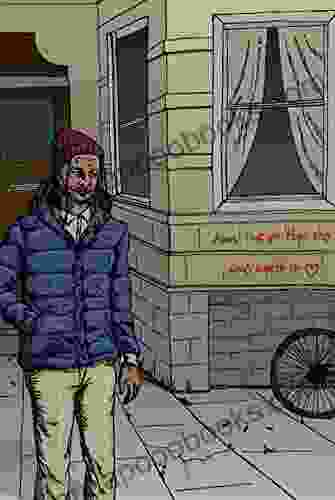
 Joseph ConradGet Ready for a Spine-Chilling Read: "Story About How Got Exactly What Had...
Joseph ConradGet Ready for a Spine-Chilling Read: "Story About How Got Exactly What Had... Fernando BellFollow ·14.3k
Fernando BellFollow ·14.3k Garrett BellFollow ·10.2k
Garrett BellFollow ·10.2k Nathan ReedFollow ·18.2k
Nathan ReedFollow ·18.2k Michael CrichtonFollow ·12.9k
Michael CrichtonFollow ·12.9k Kazuo IshiguroFollow ·7.6k
Kazuo IshiguroFollow ·7.6k Kirk HayesFollow ·7.3k
Kirk HayesFollow ·7.3k Francisco CoxFollow ·11.4k
Francisco CoxFollow ·11.4k Kendall WardFollow ·14.5k
Kendall WardFollow ·14.5k

 Tyler Nelson
Tyler NelsonHer Dragon to Slay: Embark on an Epic Journey of...
In a realm where shadows dance and legends...
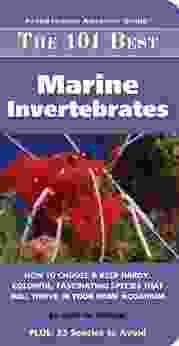
 Zachary Cox
Zachary Cox101 Best Marine Invertebrates: The Adventurous Aquarist's...
Unveiling the Enchanting Realm...

 William Wordsworth
William WordsworthHer Dragon Fire: Unleash the Power Within Your Soul
Embark on an...
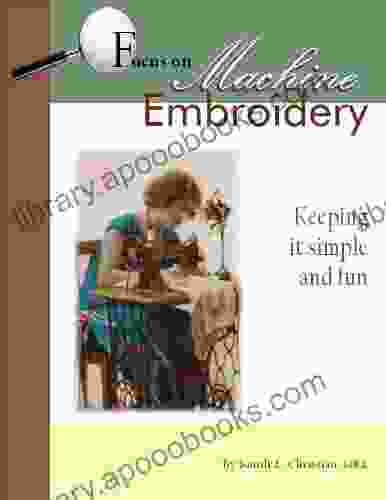
 William Powell
William PowellUnveiling the Enchanting World of Machine Embroidery with...
Embroidery, an ancient art form that has...

 Will Ward
Will WardGolden Fire Clan Dragon Guard: A Journey into a Realm of...
Prepare to be...

 Gustavo Cox
Gustavo CoxProject Ideas to Elevate Your Hobbies and Flourish Your...
<p>Welcome to the ultimate guide to...
5 out of 5
| Language | : | English |
| File size | : | 11759 KB |
| Text-to-Speech | : | Enabled |
| Screen Reader | : | Supported |
| Enhanced typesetting | : | Enabled |
| Print length | : | 161 pages |


